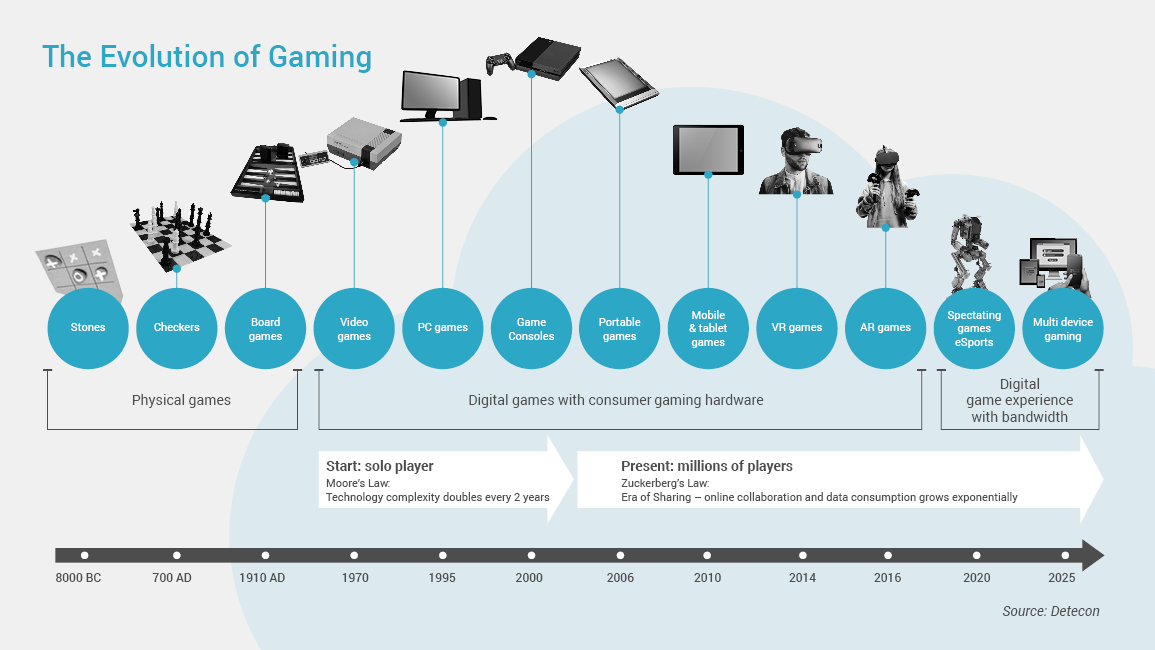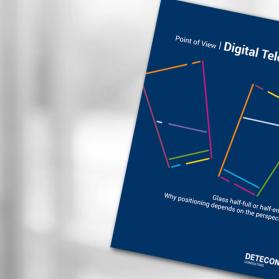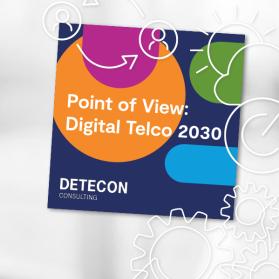The gaming market is a rapidly growing entertainment market that is larger than the video or audio streaming services industries. Cloud gaming as a disruptive game changer is currently growing at a low rate compared to mobile or console gaming, but the technology is expected to grow steadily and strongly in the near future, provided the data center and network fundamentals are optimized for the gaming experience.
Gamers expect a console-like gaming experience, which means that stability and real-time performance are must-haves for potential cloud gaming services. In addition, cloud gaming providers must ensure an appealing games offering in the service, as it turned out that this is the key driver to grow the customer base constantly.
What really makes the difference for customer traction in cloud gaming
The challenge for the cloud gaming innovation is to convince the adult gaming market of the benefits of the gaming cloud. We see two arguments in the foreground:
-
Play everywhere: Gamers will be able to play on any device while at home or mobile on the go with seamless gaming experience.
- Play with anything: Gamers won’t require expensive gaming hardware to experience best quality and performance of gaming.
A bigger argument than the use of different devices for gaming is the availability of high-end gaming hardware at a low price in the cloud. Providers must ensure that not only good titles are playable, but that they also work with the best possible performance and graphics. This is the unique advantage for customers to switch use from expensive gaming devices. Telcos can make a decisive contribution to the value chain with the establishment and partnerships for strong data center capabilities and network optimization and be an enabler for the future of game streaming.

Challenges and chances for telcos
We see the challenges for telcos primarily in a massive increase in data traffic and data offerings, and in the necessary optimization of network for latency and jitter and traffic prioritization. Against this, however, are a number of opportunities:
- Real 5G/XG B2C use case for selling mobile data offerings.
- Utilization of network capabilities designed for high performance in industry – broaden the capabilities to B2C customer market and reduce costs at scale.
- Refresh customer segments and introduce to a sound product portfolio in the area of home entertainment.
How can a telco successfully approach cloud gaming?
The following points provide an overview of the next steps:
Product:
- Strengthen capabilities for network and data center optimization.
- Ensure integration and strong collaboration between cloud gaming and home entertainment and data/communication product portfolio.
Development:
- Ensure flexible development based on strong customer-oriented requirements.
- Focus on customers using the service and improve for retention and organic growth.
Game content:
- Establish strong partnerships with developers, publishers and potential competitors in the market is key.
- Offer low entry barriers for new customers and serve premium offerings like "Bring your Own Game" for first movers like upper core and hardcore gamers.
It remains for us to wish you every success with Cloud Gaming!
We would like to thank our alumni Felix Sprenger for his contribution to this article.








